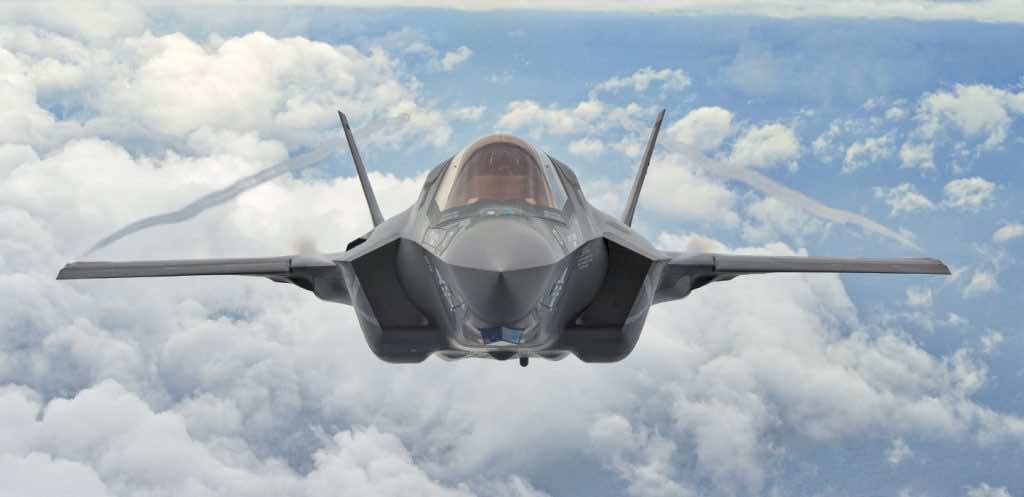It has been quite a while since we talked about the F-35 Joint Strike Fighter, a.k.a. The Money Pit in the Sky. The Air Force currently has 272 of these jets, and nearly 15 percent of them are currently without engines. F-35’s F135 engines shortage occurs due to several factors, including COVID-19 and engine parts wearing before time.
The U.S. Air Force has a significant number of F-35 jets that require maintenance and new spare parts. According to an official in charge of the F-35 program says nearly one in seven of the Air Force’s F-35s can’t fly at all, with some planes awaiting refurbished engines.
The head of the F-35 program office, Lt. Gen Eric Fick, says that a total of 46 F-35s worldwide are in “Mission Impaired Capability Awaiting Parts” (MICAP) status, which means that they can’t be operated until repaired. According to Military.com, the summary includes 41 U.S. Air Force F-35As, one Navy F-35C, and one Marine Corps F-35. In addition, three more aircraft belonging to international F-35 customers are MICAP.
Several factors can be taken into account for this condition. For instance, COVID-19 has interrupted the international supply chain. From parts fabrication to shipping, the entire F-35 program depends on it.
Another factor could be F-35’s F135 engine; notably, it needs more time in maintenance. The F135 engines have heat-related cracks in the fan blades, resulting in the blades being changed sooner.
Also, the elimination of Turkey from the F-35 program is a crucial factor. The country intended on purchasing the Russian S-400 “Triumph” long-range, surface-to-air missile system. U.S. and NATO officials, however, objected that being a NATO ally, Turkey’s purchase was unsuited, and it could bargain the F-35’s confidences. Turkey, therefore, cancelled the deal and booted from the fighter program in 2019.
Turkey’s aerospace industry was accountable for producing just about 900 F-35 parts worldwide. As a result, Lockheed Martin and the F-35 program had to find a replacement, and the solution is expected by 2022.
Although if they fail to do so, then the Air Force is bound to see 20 percent of its F-35 fleet stranded by 2025.

